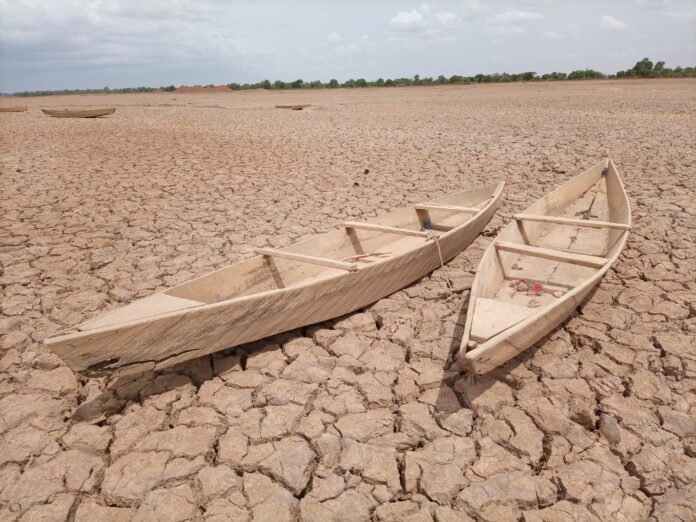The World Meteorological Organization (WMO), an institution under the United Nations, has made an announcement regarding the emergence of the El Nino phenomenon worldwide. This event is predicted to bring forth a new catastrophe for our planet, primarily due to the occurrence of extreme weather conditions. Moreover, there is a significant possibility that Indonesia will also be affected by El Nino.
In an official statement, the WMO has estimated that there is a 90% chance of El Nino persisting until the latter half of this year. Furthermore, this climate phenomenon is anticipated to endure with moderate intensity.
According to Petteri Taalas, the Secretary-General of the WMO, “The onset of El Nino will greatly enhance the probability of surpassing temperature records and trigger more extreme heat across various regions of the globe, both on land and in the oceans.” These remarks were cited from a CNN International report on Friday (7/7/2023).
Taalas emphasized that the WMO’s declaration of El Nino serves as a crucial signal for governments worldwide to take immediate action and mobilize preparedness measures. This proactive response is vital in mitigating the impact of this climate phenomenon on public health, ecosystems, and economies.
He further stressed the significance of early warnings and anticipatory measures in the face of extreme weather events that are associated with El Nino. By implementing timely actions, lives and livelihoods can be safeguarded from its potential devastation.
The implications of El Nino extend beyond environmental concerns. Experts, such as Christopher Callahan, have highlighted its potential consequences on commodity prices, including food and clothing. Callahan’s research reveals the substantial losses incurred during previous El Nino events, such as the staggering US$5.7 trillion in 1997-98 and US$4.1 trillion in 1982-1983.
It is important to note that El Nino is notorious for causing a range of extreme weather phenomena, such as floods, forest fires, hurricanes, and other natural disasters. These calamitous events not only disrupt ecosystems but also have a direct impact on the prices of essential food items.
As per the official website of the National Research and Innovation Agency (BRIN), experts, including I Putu Santikayasa from the Graduate Program in Applied Climatology at Bogor Agricultural University (IPB), have expressed concerns regarding the potential impact of El Nino on Indonesia. Santikayasa has cited various observations, such as Outgoing Longwave Radiation (OLR), zonal wind anomalies, surface heat accumulation, as well as lower and upper atmospheric conditions, to support this assertion.
Furthermore, Santikayasa has explained that the indications of a more severe dry season in 2023 are further reinforced by the Indian Ocean Dipole (IOD) values, which are predicted to be in a positive phase. These values represent the difference in sea surface temperatures between the Western Indian Ocean and the Eastern Indian Ocean in Southern Indonesia. Additionally, the Indonesian Meteorology, Climatology, and Geophysical Agency (BMKG) has projected a period of decreased rainfall compared to normal values.
The Ministry of Agriculture in Indonesia has also raised concerns about the potential consequences of El Nino. They have highlighted the possibility of 560,000-870,000 hectares of agricultural land experiencing drought conditions. Furthermore, El Nino can contribute to the occurrence of agricultural land fires, crop failures, and an increased intensity of plant disease attacks.























